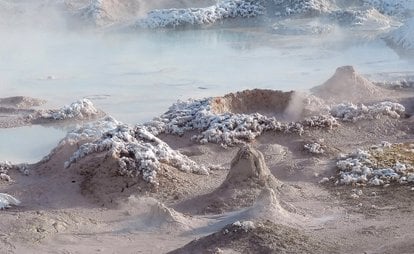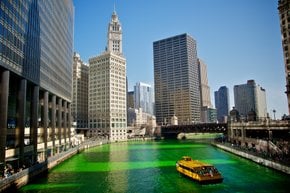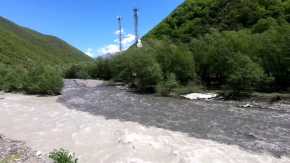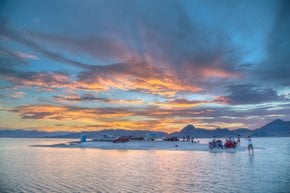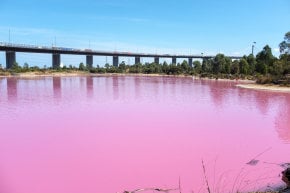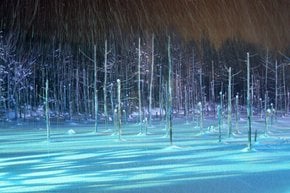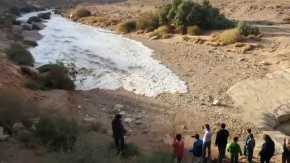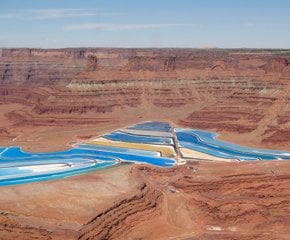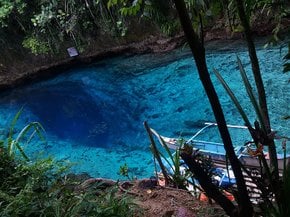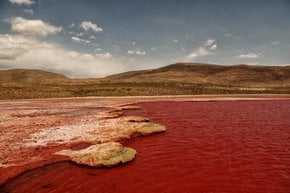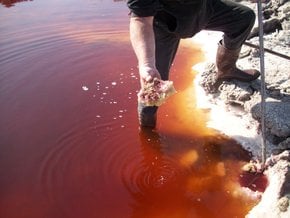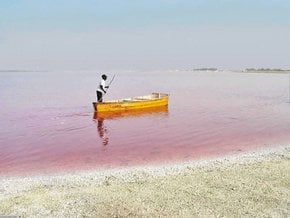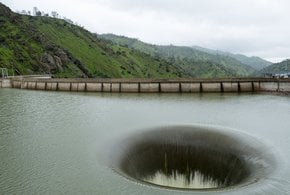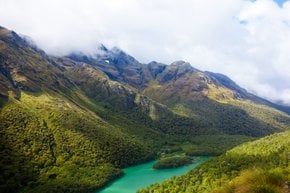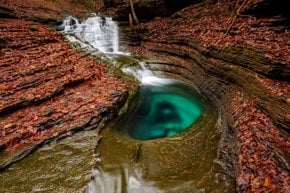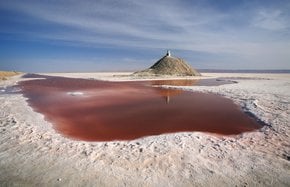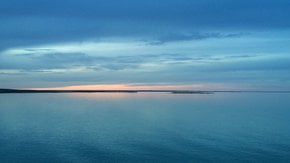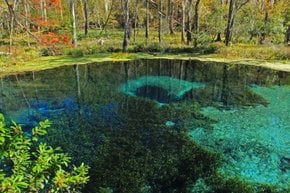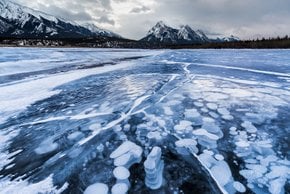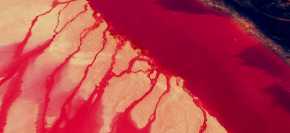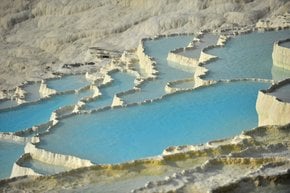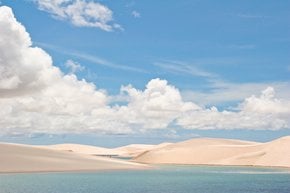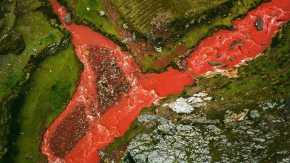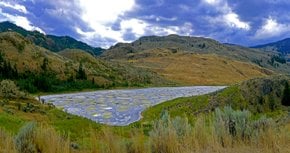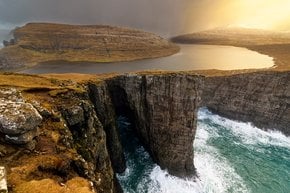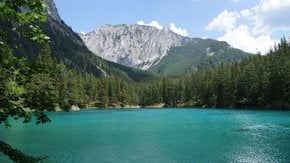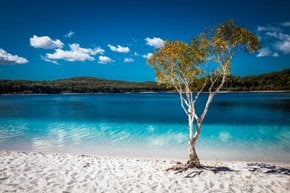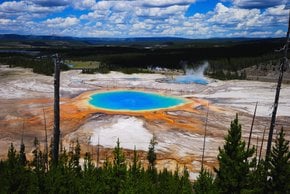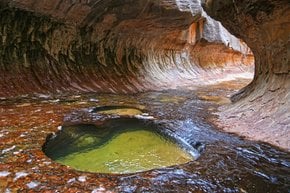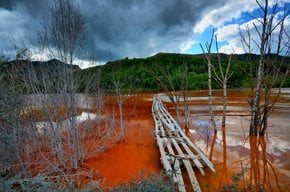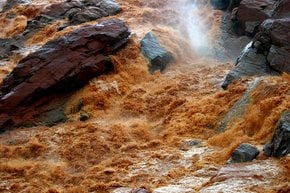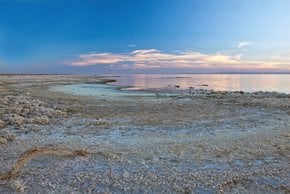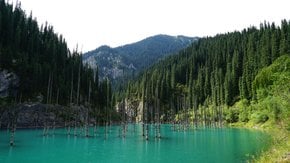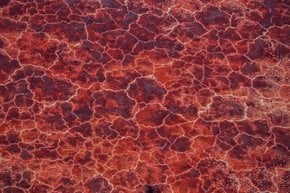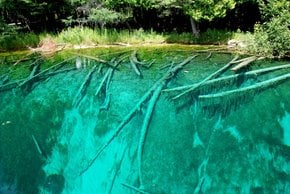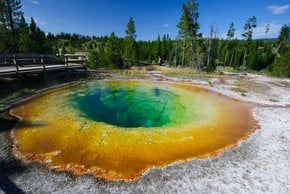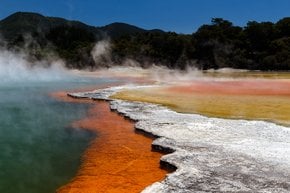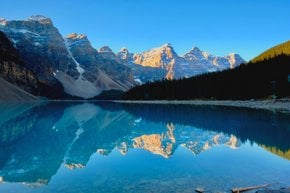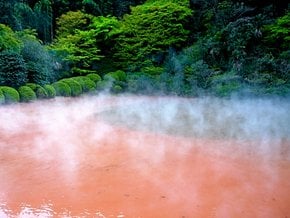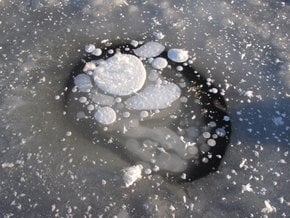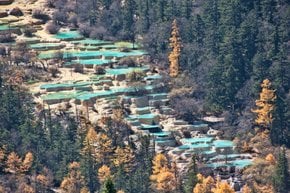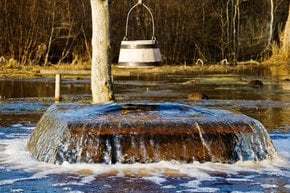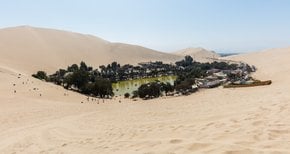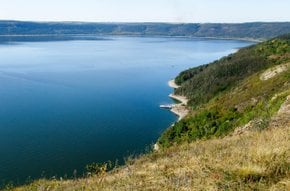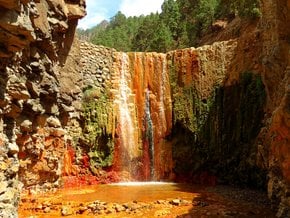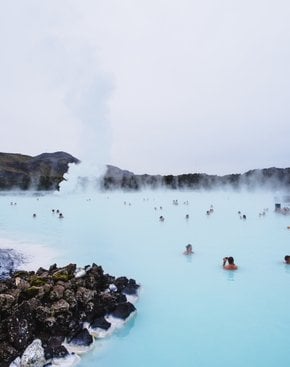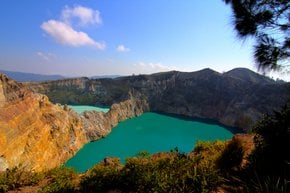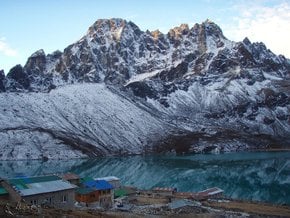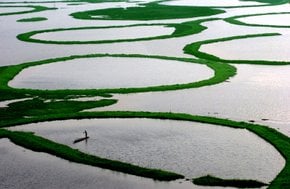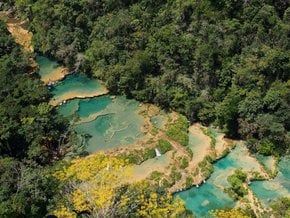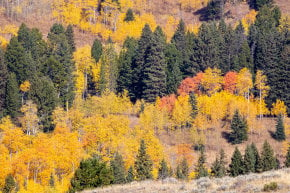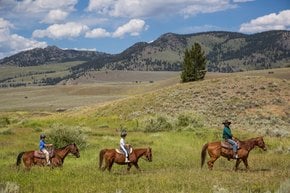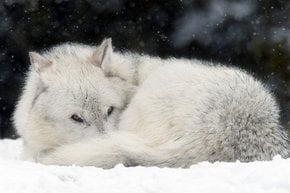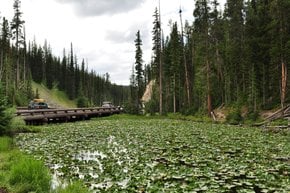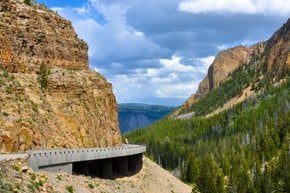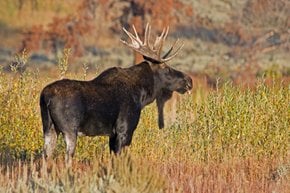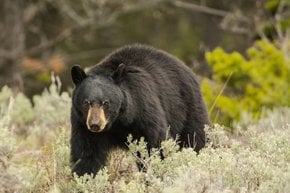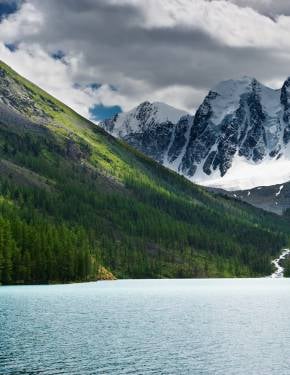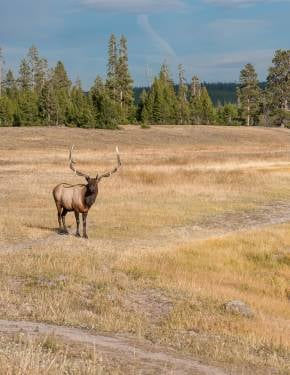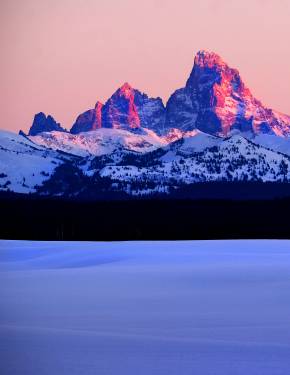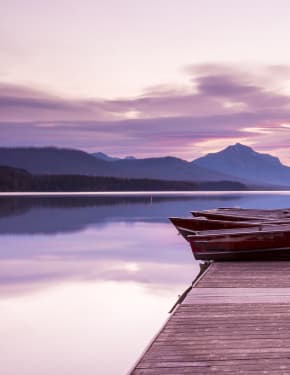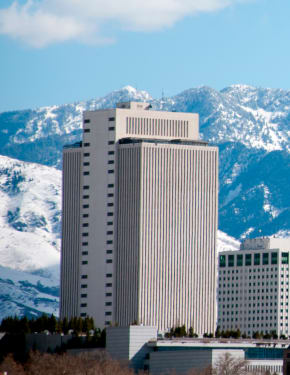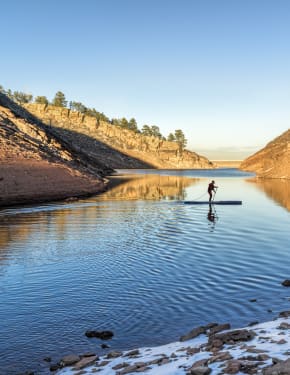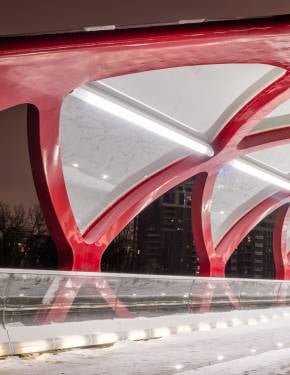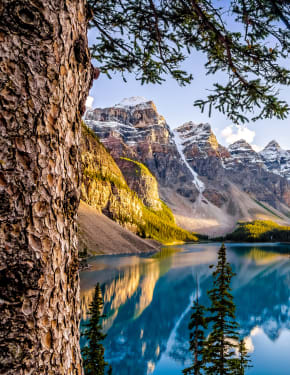Fountain Paint Pot in Yellowstone National Park 2024
These colorful boiling pots are one of the park's main attractions
Best time: April–October (best: April–May)
The Fountain Paint Pot area is a perfect place to see various thermal features that are both active and amusing. The acidity of the stream in the paint pots corrodes the rock surface and turns it into the clay. This creates interesting colours of white, grey, yellow, red, and brown which occur due to iron oxidation in the mud. The surface plops and bubbles with escaping gases and the whole thing looks like boiling mud.
The Fountain Paint Pot trail takes you along the other interesting spots for geothermal activity. After the Hebgen Lake earthquake, the whole area changed and became even more active. As the result of the earthquake, a new mud pot Red Spouter also appeared.
The Clepsydra Geyser has been erupting regularly since then as well.
The most active season is spring, as the snow melts and the amount of water is larger. At this time the geyser shows off higher splashes of water and even Red Spouter has geyser-like qualities at this time. By the end of summer, the water levels decrease and the splashing eventually stops. Finally, the sun heats and dries the mud making it hard and thick.
Practical info
What is the best time to visit the Fountain Paint Pot in Yellowstone National Park?
Visit the Fountain Paint Pot from April to May for the best experience. The snow will have melted, and the water levels will be higher. As a result, the geyser displays higher splashes of water, and Red Spouter will exhibit geyser-like tendencies. During summer, the water levels decrease, and by the end of the season, the splashing comes to an end and the mud hardens. This process is due to the sun's heat drying the mud.
What causes the colors of white, gray, yellow, red, and brown in the mud at Fountain Paint Pot?
The aesthetic colors of the mud at Fountain Paint Pot result from the acidic stream corroding the rock surface and transforming it into clay. The mud comes in different colors due to iron oxidation. The colors include white, grey, yellow, red, and brown. The muddy clay produces a striking sight and picturesque scenery in the area.
How did the Hebgen Lake earthquake affect the Fountain Paint Pot area?
Significant changes in the Fountain Paint Pot area occurred following the 1959 Hebgen Lake earthquake. The underground geothermal system suffered significant damage, resulting in the emergence of the Red Spouter mud pot, and the Clepsydra Geyser erupted regularly after that. The earthquake created these amazing geothermal features for visitors to enjoy.
Is the Clepsydra Geyser the only geyser in the Fountain Paint Pot area that erupts regularly?
The Fountain Paint Pot area boasts several regularly erupting geysers. The Clepsydra Geyser is only one of them. Red Spouter, which emerged after the 1959 earthquake, is also regularly active during spring when there is more water. The Fountain Paint Pots themselves are a must-see feature in this area, and visitors can enjoy watching geysers and other natural features.
How does the activity of the Fountain Paint Pot change throughout the year, and which season is the most active?
The Fountain Paint Pot's activity is seasonal. During the spring period, snowmelt causes an increase in water levels resulting in higher activity. This period is the most active, as the geysers show more splashes of water, with Red Spouter exhibiting geyser tendencies. During summer, there is a decline in water levels, and the mud hardens as the sun heats and dries it.

